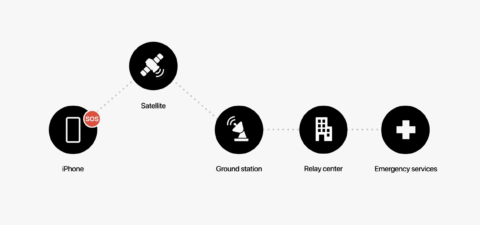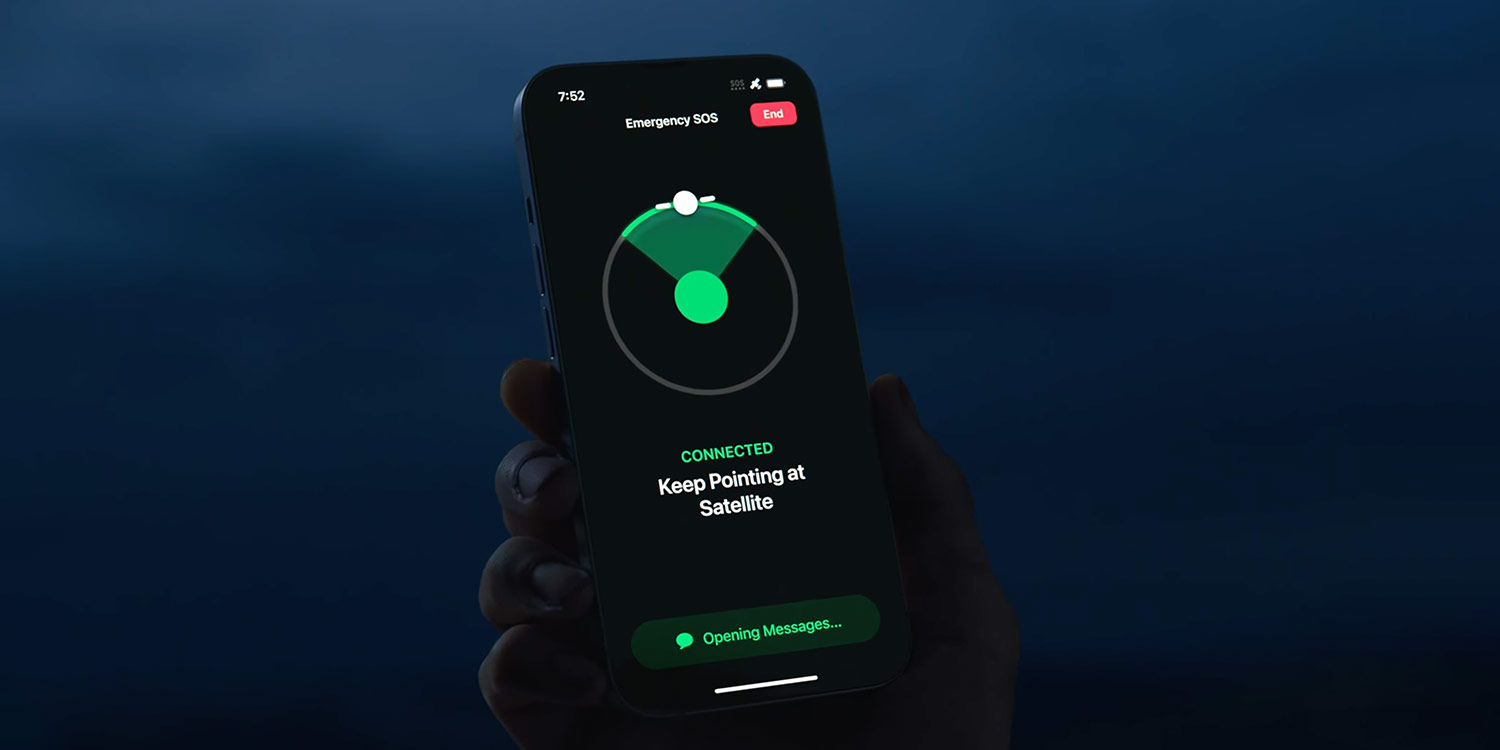Apple’s satellite connectivity is clever. Time will tell if it’ll also be expensive
Would you pay ten bucks every month, in case you might one day end up hurt in the wilderness, far away from cellular coverage? That’s the question you might soon have to ask as Apple adds one of the most interesting services yet to its line–up – but then has you pay a kind of tech insurance for the privilege.
But let’s back up a bit. Apple has wisely differentiated itself in the world of tech by looking at ways to make devices essential rather than mere nice-to-haves. This has primarily happened through interweaving them tightly with health and wellbeing.
At Apple’s September event, the company screened reenactments of real-world events that saved lives. Impressively, an Apple Watch let someone quietly call emergency services while trapped in a cabin with a hungry bear. Another person sought help after ending up in a trash compactor. Elsewhere, we were told car crash detection is now built into new Apple Watches and iPhones. And we’ve long known how Find My location tracking can provide peace of mind when it comes to the whereabouts of loved ones.
The snag is these things are reliant on access to cellular signals. That’s fine in built-up areas, where you’re unlikely to be more than a few miles from a cellphone tower. But there are places cell tower signals do not reach. When you run into trouble while in such locations, Apple now wants you to look up and connect to hardware far above our heads, by way of new feature Emergency SOS via Satellite.
Making a connection
Apple announces Emergency SOS via Satellite
There are complications in connecting to satellites. To date, devices designed for that task have required bulky antennae; and once they connect, bandwidth is severely limited. Apple’s devised a smart combination of custom hardware and software to streamline the process as much as possible.
Your iPhone tells you where to point it to establish and retain a connection. No additional hardware is required. Algorithms and streamlined workflows help reduce data transmission, making the most of limited bandwidth. The feature could literally be a life-saver. And even if your life – fortunately – lacks such drama, there are other uses, including being able to manually ping a location to family and friends when hiking in the wilderness.
So what’s the catch? Money. During the keynote, Apple said this service is “such an essential part of the iPhone experience” that the company would include it free with iPhone 14 – for the next two years. After that, who knows? We recently mused on new services that could be rolled into an Apple One subscription, but we didn’t predict safety could be one of them.
(On launch this November, it’s also limited to the US and Canada, so don’t waggle your iPhone at the sky in the wilds of Australia or Africa, because that won’t do anything beyond making your arm ache.)
To be fair to Apple, this shouldn’t have come as a surprise. Data costs money. Satellites aren’t cheap either – and it’s notable that Garmin’s broadly similar inReach ‘monthly safety plan’ starts at around $15 per month – there are additional charges when it’s used. Apple inferred in its keynote there are further costs customers might not be aware of as well, such as the relay centers that forward your request to emergency services that cannot receive text messages.
A cautious rollout

If an emergency service cannot receive text messages, an intermediary relay center will ensure you aren’t left stranded.
Even so, asking people to pay for safety feels like a risk. What happens when keynote videos about how Apple kit saved a life are countered by a story in the press about how someone had a modern iPhone but didn’t make it out of the wilderness because their Emergency SOS via Satellite subscription lapsed? Perhaps this is why Apple’s hedging its bets, giving the company two years to see how much of a hit it would take if the service was made free – or perhaps integrated into iCloud+.
We’re already at the stage where people are starting to feel compelled to invest in technology to keep them safe. Adding another layer to that with paid services is for many going to feel like an egregious extra step. This could erode satisfaction and lead to people thinking a company that claims to have everyone’s best interests at heart is trying to wring customers for every penny it can get.
As already noted, that’s not really fair, but Apple does have wiggle room, given that it owns the wider ecosystem. In two years, we might watch a buoyant Apple executive on stage happily announcing Emergency SOS via Satellite is now free for all users with supported hardware, because it’s the right thing to do. Whether that happens or not will come down to how that iteration of Apple chooses to balance people and profits.

